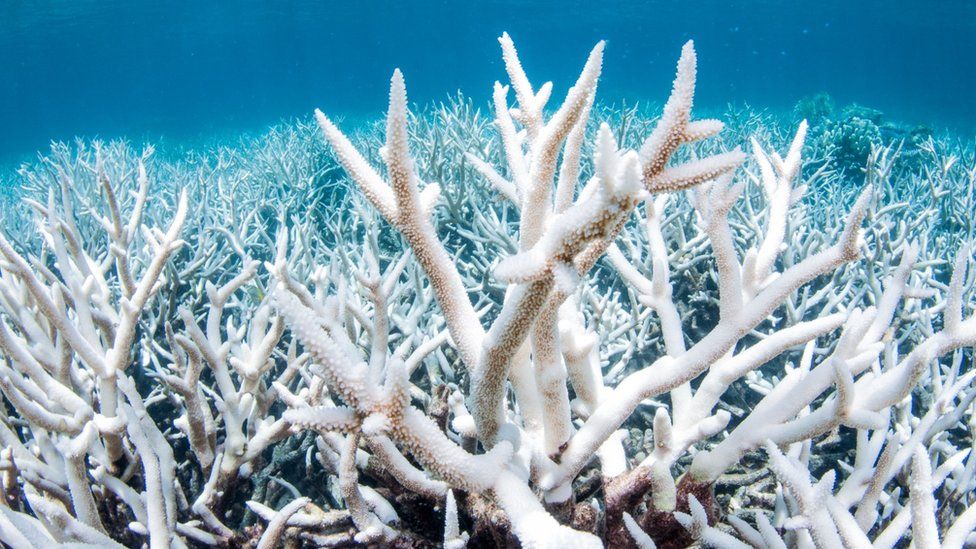
The Great Barrier Reef suffers from Mass Coral Bleaching
New Delhi: The Great Barrier Reef Marine Park Authority (GBRMPA) of Australia confirmed the reef is suffering from mass coral bleaching.
GBRMPA Scientist Dr. David Wachenfeld told the media, “The reef is about 1.5 degrees centigrade warmer than 150 years ago. Such unprecedented events can be expected since the weather is changing.”
The GBRMPA and the Australian Institute of Marine Science (AIMS) carried aerial surveys through helicopters and found bleaching in all four parts of the reef. Experiencing bleaching on a mass scale, Dr. Wachenfeld said, “We can confirm that this is the fourth mass bleaching event since 2016.”
Global warming has significantly impacted the rising water temperatures that hamper marine life and biodiversity. It has also adversely affected the world’s largest and most natural coral reef system as Australia undergoes mass coral bleaching this year.
“Extreme coral bleaching was observed around the shore between Whitsunday Islands to Cooktown,” aerial survey team member Dr. Neal Cantin said. He also stated that bleaching on reefs along that stretch was severe.
“This Bleaching had impacted reefs in a wider area when compared to outbreaks in 2016 and 2017. The mass bleaching in a La Nina year indicates the increasing intensity of climate change and ocean warming,” he added.
La Nina refers to a period of cooling ocean surface temperatures in the Central and East-Central Equatorial Pacific region. When corals undergo stress due to changes in temperatures, light, or nutrients, they release the symbiotic algae and the corals to turn white.
The algae live within the tissues of the corals and provide them with food and vibrant colours. Scientists observed the first mass bleaching event in 1998. It is the sixth mass bleaching event experienced by the reef.
(Avya Mathur)














